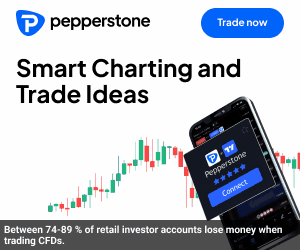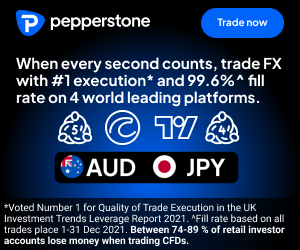Investments and trading with Uranium are becoming more and more sought after also from non-professional investors.
In this short guide to trading uranium, we will explain how and where you can trade this increasingly sought-after commodity.
This and also have a look at uranium’s long-term prospects and reasons why more and more traders are choosing to speculate on the price development of uranium.
How to trade uranium?
The Chicago Mercantile Exchange (CME) offers a so-called future contract for U308 (triuranium octoxide)
This is the form of uranium that is mostly found in nature.
This Future contract is traded continuously on the CME Globex platform and consequently has several different expiry months.
Futures are a derivative instrument where traders make leveraged trades on commodity prices, among other assets.
As the contracts are usually traded on margin, traders will in the case of price drops need to deposit more funds (margin) in order to maintain their positions.
Upon expiry, all these contracts are settled so that direct trading in the futures market typically requires considerable experience combined with solid liquidity.
Trade Uranium with CFDs
For most traders, using CFDs to trade uranium is much more convenient.
Contracts for Difference (CFDs) are an easy way to exposure oneself to the commodity market.
This includes uranium and other instruments with uranium exposure.
This way CFDs will allow you to trade with both shares of uranium companies, and in other instruments that have uranium as their underlying exposure, -typically ETFs (Exchange-traded funds).
Global X Uranium ETF
The Global X Uranium ETF tracks the return corresponding with the price and returns of the Solactive Global Uranium &Nuclear Components Total Return Index.
The Fund invests at least 80 % of its total assets in the securities of the underlying index and in American Depositary Receipts (“ADRs”) and Global Depositary Receipts (“GDRs”) based on the securities in the underlying index.
The underlying index is designed to track the returns on the stock market for global companies involved in the uranium industry.
The Fund must therefore be regarded as ‘non-diversified’.
You can easily trade the Global X Uranium ETF at Skilling:
Step 1: Create an account with Skilling
Step 2: Search for the Global X Uranium ETF
Step 3: Choose amount/units
Cameco Corporation stock
Cameco Corporation is by far the world’s largest publicly traded producer of uranium.
The company that accounts for about 18 % of all uranium production in the world is based in Canada.
Since 2015, Cameo Corporation has been considered the world’s second-largest producer of uranium.
Both the Cameco Corporation stock & Global X Uranium ETF are offered by our ‘Best in Test’ Broker Skilling, and both provide a very good exposure towards the price of Uranium.
Why trade uranium?
The simplest explanation for why uranium and trading / investing in uranium are becoming increasingly sought after in today’s market among both professional and non-professional investors can very easily be explained by the ever-increasing energy demand in the world, as well as the somewhat ‘new’ focus on the environment.
Uranium is historically the preferred raw material used in nuclear power plants producing electricity.
Since the nuclear industry has had a bit of a ‘bad rap’ mush as a result of the atomic bomb, Chernobyl and the accident at the Fukushima plant in Japan, the nuclear industry, and energy production from nuclear power plants have had relatively little new research and developments in recent years.
This even though the technology today has come to the point that nuclear power provided that it is produced ‘correctly’ in practice is both environmentally friendly and has a far better accident statistics based on the level of produced energy compared to most of today’s most commonly used energy sources (coal, electricity, oil and gas).
There are also other raw materials (e.g. Thorium) that many scientists today believe are better suited for use in nuclear power plants, but since research on this has been somewhat limited, it is still uranium that is preferred.
Traders today typically invest in uranium due to;
- Increased competence and acceptance of nuclear power as a future source of energy
- Ever-increasing energy demand globally
- Increasing opposition to traditional energy sources such as coal, oil and gas due to greenhouse effects and global warming.
- Well-known personalities and renowned research communities have over time advocated a ‘relaunch’ of nuclear power as a prioritized future source of energy.
Today, there are about 450 commercial nuclear reactors located in about 30 different countries. These have an installed capacity of around 400,000 megawatts.
16 countries currently rely on nuclear power for more than 25% of their electricity needs.
Some countries such as France rely on nuclear power for about 75% of their electricity needs.
The World Nuclear Association estimates a 30 % increase in electricity generation from nuclear power by 2030, and an increase of 35% by 2035.
These trends support the idea of investing in uranium prices…
Diversification
Trading in a critical resource such as uranium is a good way to add diversification to a portfolio.
Many of the factors that alter the demand for nuclear power are very different from the factors that typically affect equity and bond markets, for example.
For much of the global economy, the demand for electricity is inevitable. As long as this continues, demand for uranium for power generation should theoretically increase and remain strong in the time to come…




